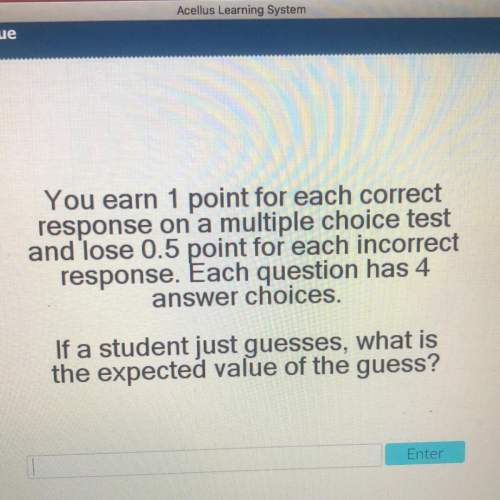
Mathematics, 03.12.2021 20:20 Poohpooh8548
Area of a Polygon
In this unit, you learned about finding the area of triangles and rectangles using coordinates. But there are many more shapes than just triangles and rectangles, and these shapes often can be relatively complex. You can still find properties of such polygons by dividing them into an arrangement of simpler shapes—polygons that you’re familiar with.
When a two-dimensional figure is composed of smaller figures, its area is equal to the sum of the areas of the smaller figures. When finding the area of a polygon, it is helpful to know that any polygon can be partitioned into a series of triangles.
You will use GeoGebra to partition a polygon into a set of triangles. Go to partitioning a polygon, and complete each step below.
Part A
Draw line segments to partition the given polygons into triangles. There is more than one correct answer. Take a screenshot of your construction, save it, and insert the image in the space below.
Part B
Think back to Task 1 of these Lesson Activities. Finding the area of a polygon using only coordinates can be tedious. Fortunately, you do have access to additional tools that help you find the area of a polygon while following the same basic methods. This is especially helpful when polygons are irregular or have many sides.
Next you will use GeoGebra to find the area of a polygon divided into a set of triangles. Go to area of a polygon, and complete each step below:
Partition the polygon into triangles by drawing line segments between vertices.
For each triangle, draw an altitude to represent the height of the triangle. Place a point at the intersection of the height and the base of each triangle.
Use the tools in GeoGebra to find the length of the base and the height of each triangle. (Because the values displayed by GeoGebra are rounded, your result will be approximate.)
Compute the area of each triangle, and record the results below. Show your work.
Add the areas of the triangles to determine the area of the original polygon, and note your answer below.
When you’re through, take a screenshot of your construction, save it, and insert the image below your answers.
Part C
In part B, you used a combination of GeoGebra tools and manual calculations to find the approximate area of the original polygon. Now try using the more advanced area tools in GeoGebra to verify your answer in part B. Which method did you choose? Do your results in parts B and C match?

Answers: 2
Another question on Mathematics

Mathematics, 21.06.2019 21:20
What is the area of a triangle with vertices at (-3 3) (-3,2) and (1,2)?
Answers: 1

Mathematics, 21.06.2019 23:00
Someone answer this asap for the first five terms of a sequence are shown. 5, 11, 23, 47, 95, . . which recursive function defines the nth term in the sequence for n > 1? a. f(n) = f(n - 1) + 6 b) f(n) = f(n - 1) + 48 c) f(n) = 3 • f(n - 1) + 1 d) f(n) = 3 • f(n - 1) - 4
Answers: 1

Mathematics, 21.06.2019 23:30
Atruck can be rented from company a $50 a day plus $0.60 per mile. company b charges $20 a day plus $0.80 per mile to rent the same truck. find the number of miles in a day at which the rental costs for company a and company b are the same
Answers: 1

Mathematics, 21.06.2019 23:40
What is the area of a rectangle with vertices (-8,-2), (-3,-2), (-3,-6), and (-8,-6)? units
Answers: 1
You know the right answer?
Area of a Polygon
In this unit, you learned about finding the area of triangles and rectangles usi...
Questions




Mathematics, 01.07.2019 21:30


English, 01.07.2019 21:30


History, 01.07.2019 21:30


History, 01.07.2019 21:30




History, 01.07.2019 21:30


Mathematics, 01.07.2019 21:30

Social Studies, 01.07.2019 21:30



Biology, 01.07.2019 21:30




